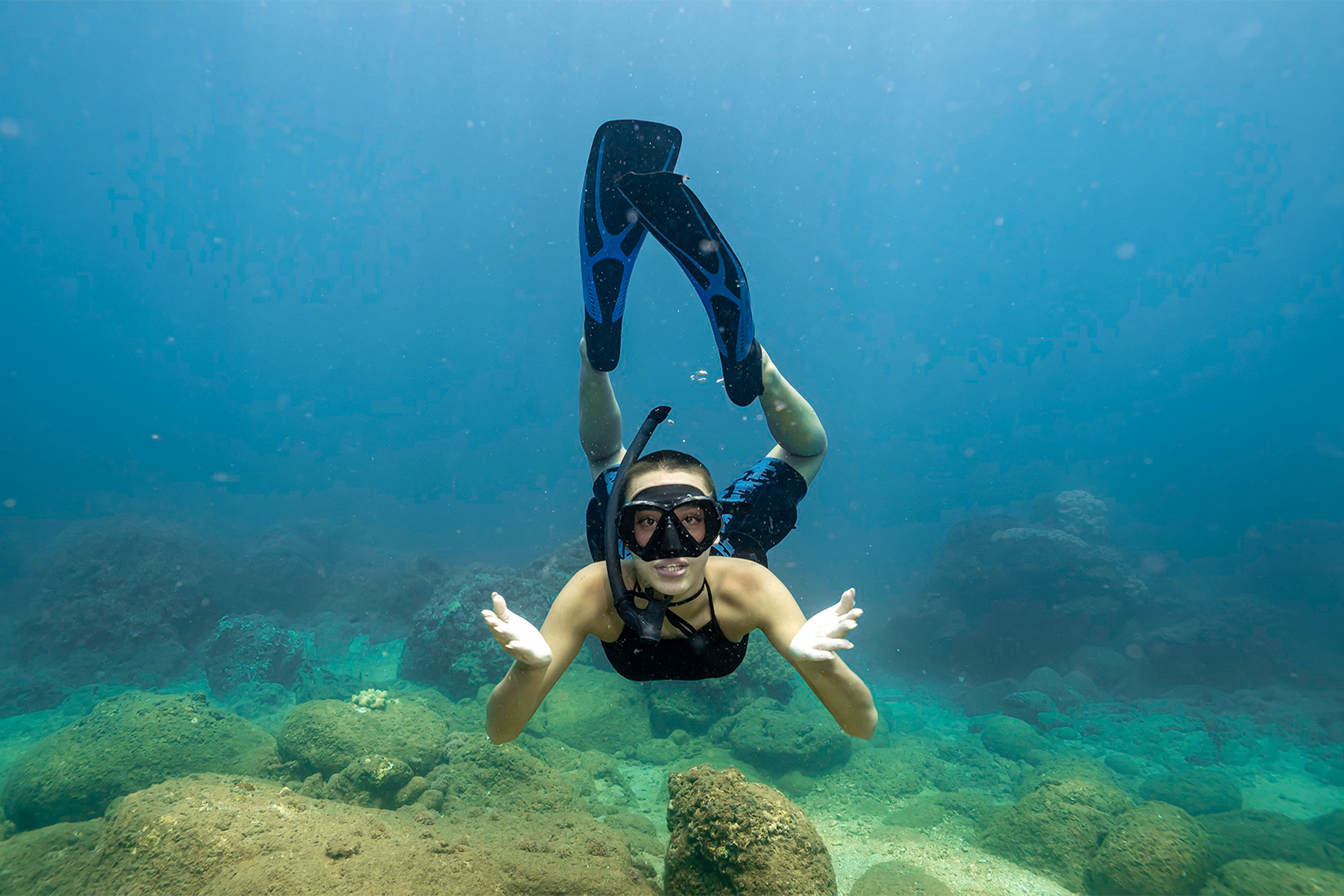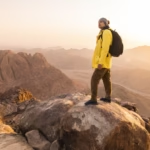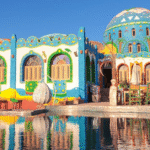A Complete Beginner’s Guide to One of the World’s Most Magical Underwater Experiences
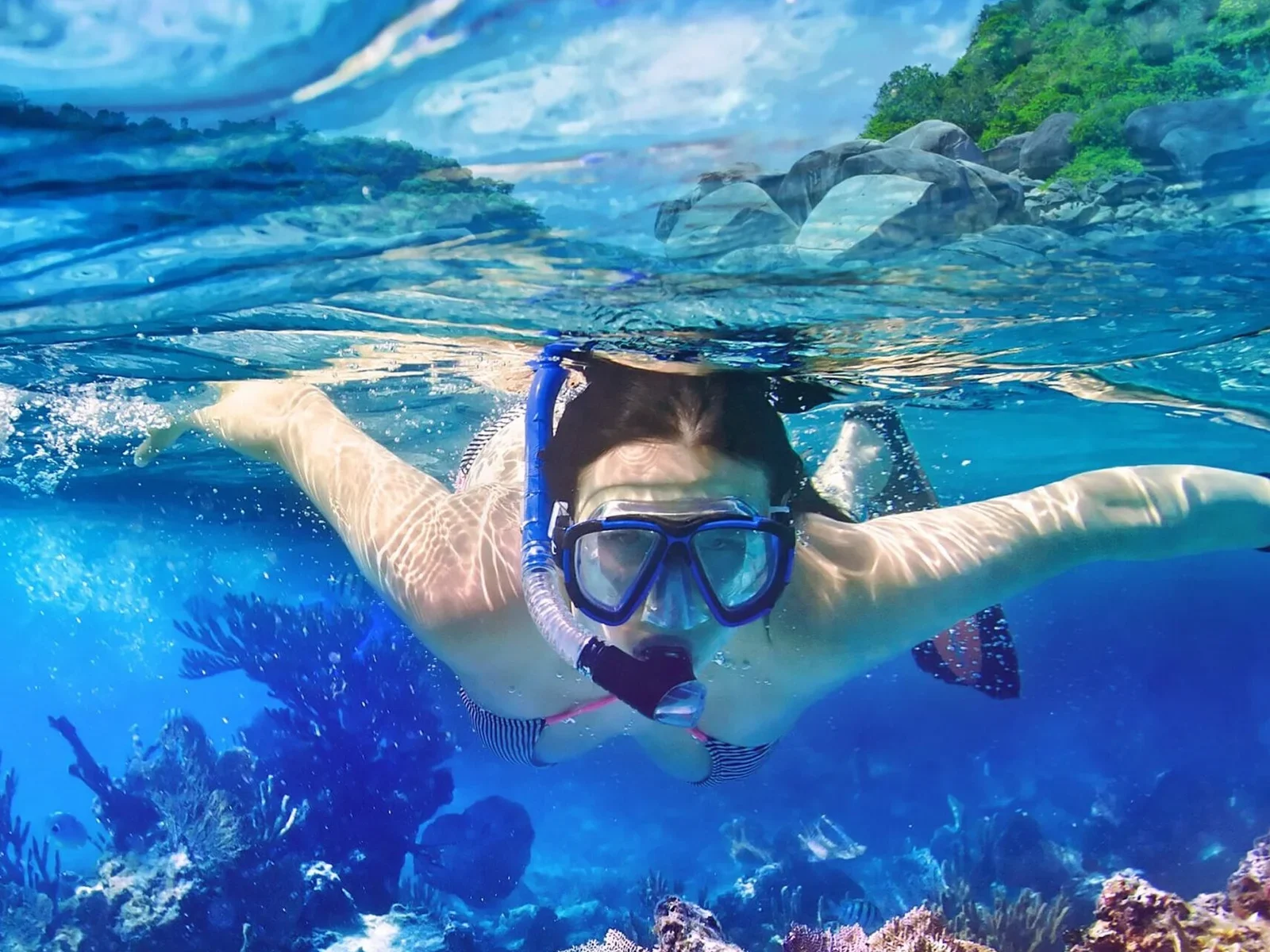
First Red Sea Snorkeling Trip, If you’re dreaming of crystal-clear waters, vibrant coral gardens, and swimming among tropical fish, the Red Sea should be at the top of your snorkeling bucket list. Stretching between Africa and Asia, this world-famous body of water offers some of the most spectacular underwater landscapes on the planet — and you don’t even need to be a scuba diver to enjoy them.
Whether you’re planning to snorkel in Hurghada, Sharm El-Sheikh, Marsa Alam, or one of the other Red Sea resorts, this guide will prepare you for what to expect. From snorkeling tips for beginners and safety advice to a packing checklist and marine life highlights, here’s everything you need to know before your first Red Sea snorkeling adventure.
1. Why the Red Sea Is a Snorkeler’s Paradise
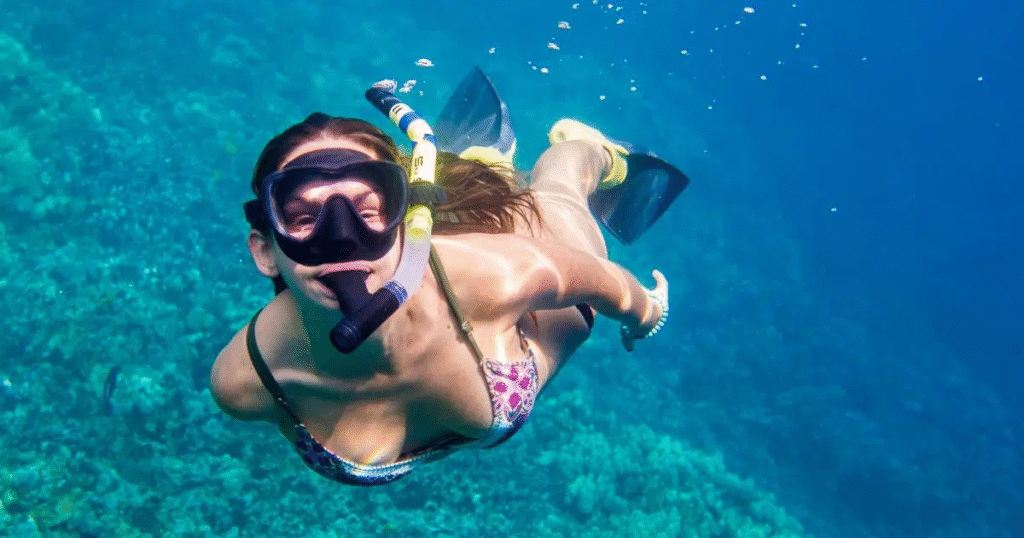
The Red Sea is often described as a living aquarium — a place where dazzling corals and colorful fish coexist in warm, clear waters year-round. For snorkelers, it’s one of the most accessible and rewarding marine environments on Earth.
What Makes the Red Sea So Special
- Exceptional visibility — often exceeding 30 meters (100 feet).
- Warm water temperatures — ranging from 22°C (72°F) in winter to 30°C (86°F) in summer.
- Healthy coral reefs — home to over 200 species of coral.
- Incredible biodiversity — nearly 1,200 species of fish, with around 10% found nowhere else in the world.
- Easy access — many reefs are located just a few meters from the shore or accessible by short boat trips.
Unlike other tropical destinations where coral reefs are far offshore, the Red Sea offers close-up encounters — perfect for beginners or those who prefer staying near the surface.
2. Choosing the Right Destination for Snorkeling in Egypt
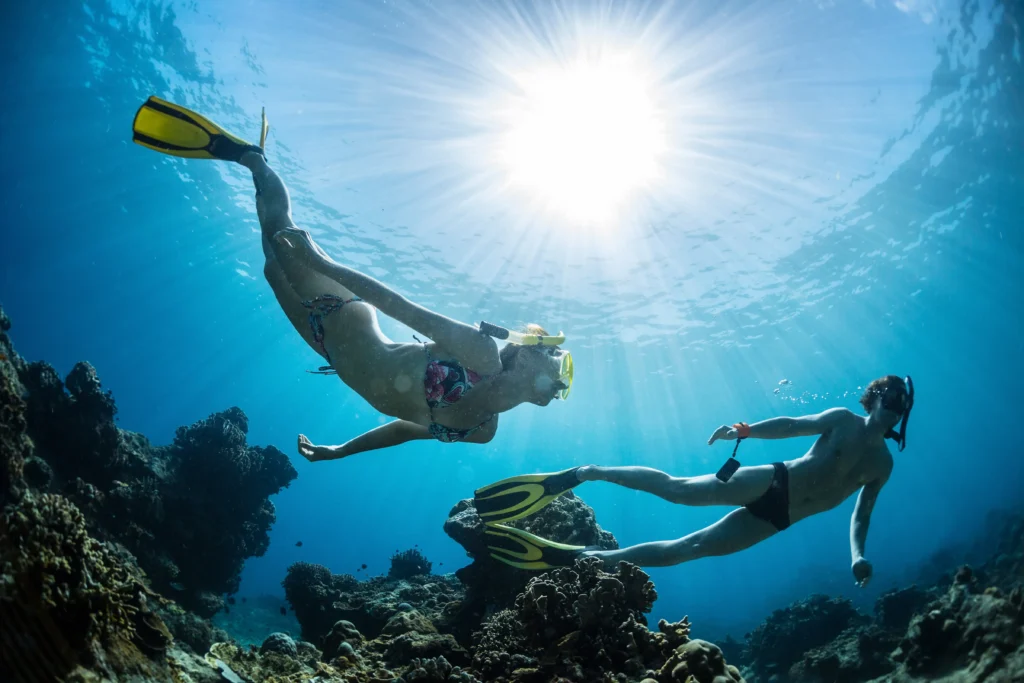
First Red Sea Snorkeling Trip:
Egypt’s Red Sea coastline stretches for hundreds of kilometers, offering different types of snorkeling experiences. Each resort area has its unique charm and underwater world.
Hurghada
One of the most popular Red Sea resorts, Hurghada offers countless boat trips to nearby islands like Giftun Island, Paradise Island, and Orange Bay. Ideal for first-time snorkelers, these areas feature calm waters and shallow reefs teeming with life.
Sharm El-Sheikh
Located on the Sinai Peninsula, Sharm El-Sheikh is famous for the Ras Mohammed National Park — a protected marine reserve with pristine reefs and abundant marine species. The Tiran Island reefs are another highlight.
Marsa Alam
If you prefer a quieter, more natural environment, Marsa Alam in southern Egypt is a fantastic choice. It’s known for encounters with sea turtles, dugongs, and dolphins.
El Quseir and Safaga
Smaller and less crowded, these towns offer authentic Egyptian charm and beautiful snorkeling spots right off the beach — ideal for those seeking peace and simplicity.
3. What to Expect on a Red Sea Snorkeling Excursion
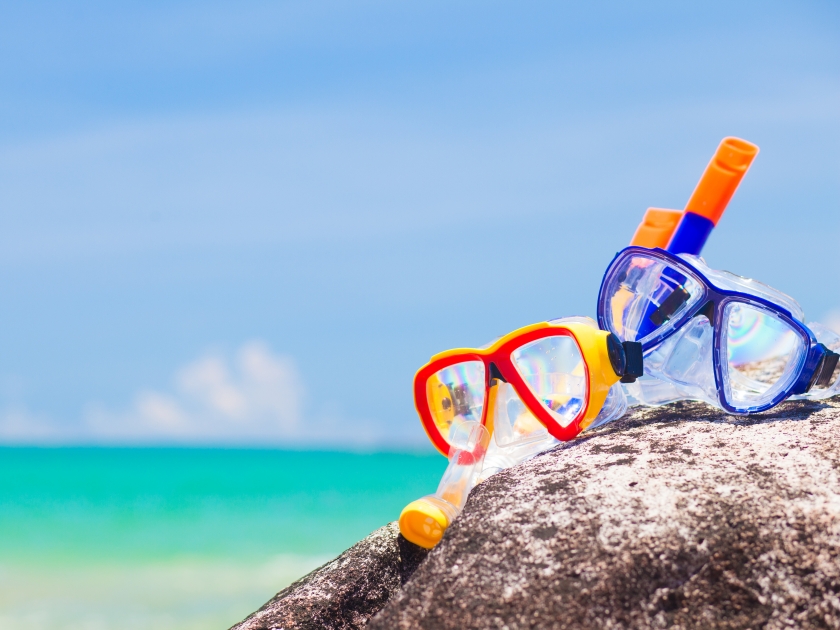
First Red Sea Snorkeling Trip:
Most snorkeling tours in Egypt follow a similar structure, though details vary by operator and location.
Typical Day Trip Schedule
- Morning pick-up from your hotel.
- Transfer to the marina and boarding the boat.
- Short briefing about the day, safety instructions, and snorkeling techniques.
- First snorkeling stop — usually at a shallow reef.
- Lunch on board (often included).
- Second or third snorkeling stop, sometimes near an island or sandbank.
- Relaxation, swimming, and sunbathing time.
- Return to the marina and transfer back to your hotel in the afternoon.
The whole experience typically lasts 6–8 hours, giving you plenty of time in the water without feeling rushed.
4. What You’ll See: Red Sea Marine Life Highlights
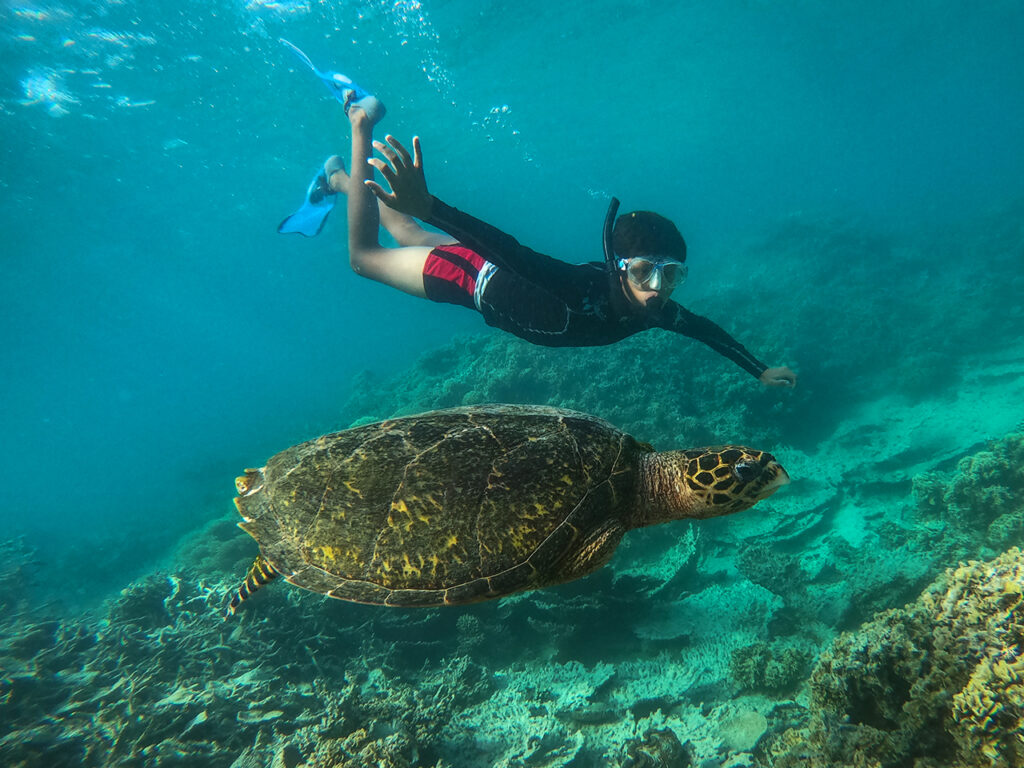
The Red Sea is one of the richest marine ecosystems on Earth. Even at shallow depths (1–3 meters), you’ll be surrounded by a kaleidoscope of colors.
Colorful Reef Fish
Expect to spot:
- Butterflyfish and Angelfish – brightly patterned and often seen in pairs.
- Parrotfish – chewing on coral with their beak-like mouths.
- Clownfish – the “Nemo” of the Red Sea, hiding in sea anemones.
- Lionfish – elegant but venomous; admire from a safe distance.
- Triggerfish, Wrasse, and Damselfish – common near reef edges.
Larger Marine Animals
If you’re lucky, you might see:
- Sea turtles grazing on sea grass.
- Dolphins, especially near Hurghada and Marsa Alam.
- Moray eels peeking from coral crevices.
- Reef sharks or Napoleon wrasse — harmless and fascinating to watch.
Coral Gardens
The corals themselves are a sight to behold. You’ll find:
- Hard corals in plate, branch, and brain shapes.
- Soft corals waving gently with the current.
- Endless hues of pink, blue, purple, and yellow — a true underwater rainbow.
Tip: Bring an underwater camera or GoPro to capture these stunning moments.
5. Preparing for Your First Snorkeling Trip
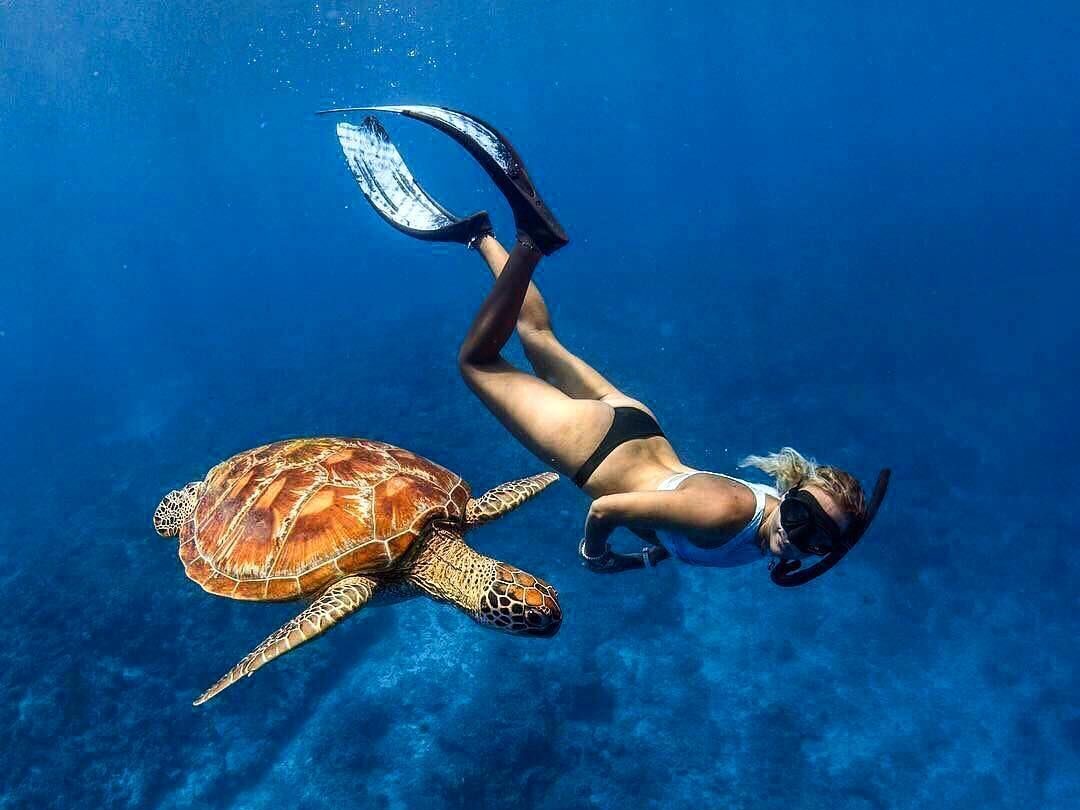
Preparation is key to having a comfortable and safe snorkeling experience — especially if it’s your first time.
Here’s a checklist to help you get ready.
Snorkeling Equipment Checklist
You can rent equipment from your tour operator, but many travelers prefer bringing their own for comfort and hygiene.
- Mask and snorkel – ensure a snug fit to prevent water leaks.
- Fins – short fins are great for beginners; they make swimming easier.
- Snorkeling vest – provides extra buoyancy and safety.
- Wetsuit or rash guard – optional, but protects against sunburn and jellyfish.
- Underwater camera or GoPro – to record your adventure.
Personal Items to Pack
- Swimsuit and towel
- Light clothing and flip-flops
- Hat or cap for sun protection
- Sunscreen (reef-safe, SPF 30–50)
- Sunglasses
- Reusable water bottle
- Small backpack or dry bag for valuables
- Motion sickness tablets, if you’re prone to seasickness
- Passport copy or ID (required by some tour operators)
6. Snorkeling Tips for Beginners
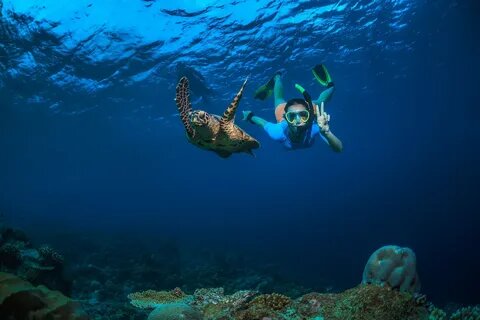
Snorkeling may look simple, but a few small adjustments can make a big difference.
1. Practice Before You Go
If you’ve never snorkeled before, practice breathing through the snorkel while standing in shallow water or a pool. Getting comfortable with the equipment will help you relax once you’re in the open sea.
2. Learn the Correct Breathing Technique
Breathe slowly and steadily through your mouth. Avoid panic if you get a bit of water in the snorkel — simply exhale forcefully to clear it.
3. Stay Calm and Float
The saltwater of the Red Sea makes it easy to float. Relax your body, stay horizontal, and use gentle fin kicks to move forward. The more relaxed you are, the longer you can enjoy the experience.
4. Respect the Marine Life
Never touch corals, fish, or any other creatures. Even a light touch can damage fragile corals or irritate your skin.
Keep your distance from animals — observe, don’t interact.
5. Protect Yourself from the Sun
Sunburn is one of the most common mistakes beginners make. Apply reef-safe sunscreen before and after each swim, and wear a rash guard or T-shirt in the water if you have fair skin.
6. Don’t Chase Fish
Let marine life come to you. The calmer you are, the closer fish will approach — allowing for better photos and unforgettable encounters.
7. Buddy System
Always snorkel with a partner. It’s safer and more fun to explore together, especially if you get tired or need help adjusting your gear.
8. Listen to Your Guide
Local guides know the best and safest snorkeling spots. Follow their instructions closely — they’ll help you avoid currents, jellyfish areas, or restricted zones.
7. Snorkeling Safety Advice
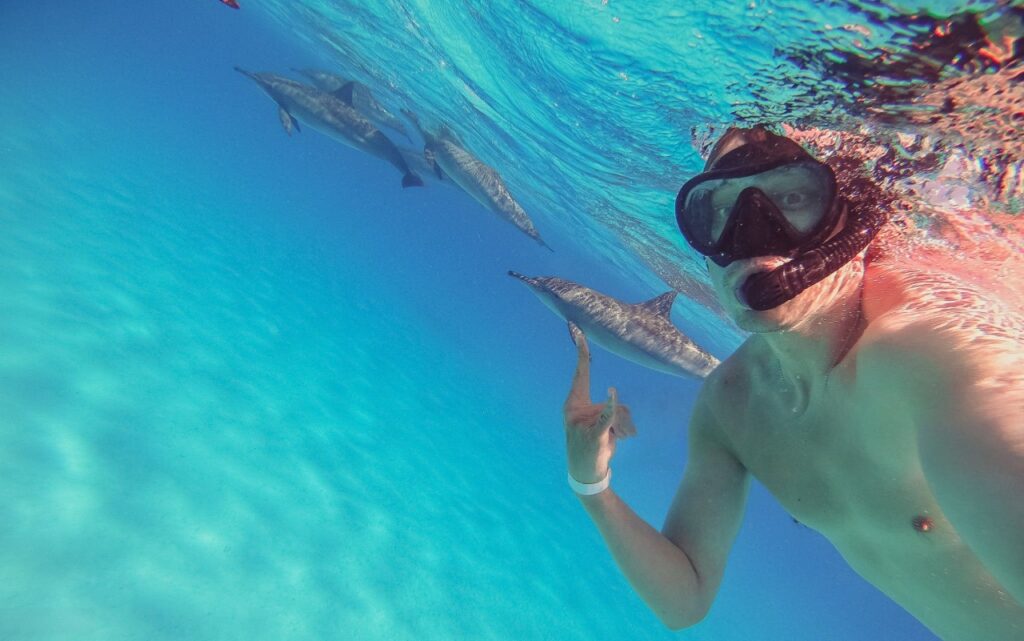
Safety should always be your top priority when snorkeling in the Red Sea. Here are the key safety tips every beginner should follow:
1. Check Weather and Sea Conditions
Avoid snorkeling during strong winds or choppy seas. Calm conditions provide better visibility and reduce fatigue.
2. Know Your Limits
Stay within your comfort zone. If you’re tired, float on your back or return to the boat to rest. Don’t venture too far from your group or guide.
3. Watch Out for Currents
Even in calm-looking areas, gentle currents can push you away from the reef. Always note your entry point and keep an eye on the boat’s position.
4. Beware of Marine Hazards
Some species, while beautiful, can sting or bite if provoked. Avoid touching:
- Lionfish
- Stonefish
- Sea urchins
- Jellyfish
- Fire coral
If stung, notify your guide immediately for first aid.
5. Stay Hydrated
The combination of heat, sun, and saltwater can dehydrate you quickly. Drink water regularly, even if you don’t feel thirsty.
6. Use Eco-Friendly Sunscreen
Conventional sunscreens contain chemicals harmful to coral reefs. Choose a reef-safe sunscreen labeled “oxybenzone- and octinoxate-free.”
7. Keep Distance from Boats
Always snorkel in designated zones and stay visible to your guide or boat crew. Many operators provide a buoy or flag to mark your location.
8. Environmental Responsibility: Protecting the Red Sea Ecosystem
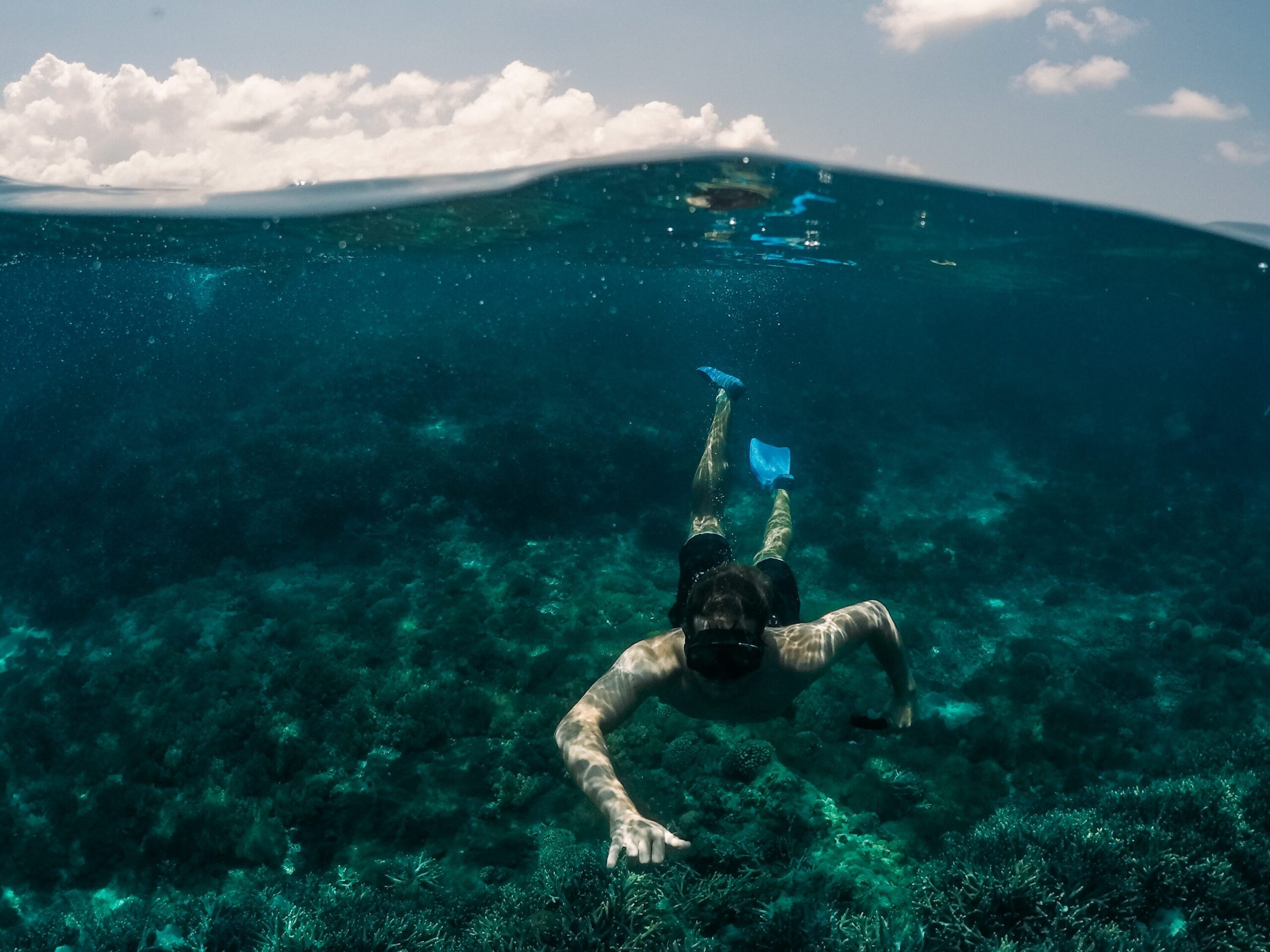
The Red Sea’s ecosystem is precious — and fragile. Responsible snorkeling ensures that future generations can enjoy it too.
How You Can Help:
- Never stand on or touch coral reefs.
- Don’t feed fish or throw food scraps into the water.
- Avoid collecting shells, coral, or sand as souvenirs.
- Dispose of trash properly — never throw anything overboard.
- Choose eco-conscious tour operators who follow sustainability guidelines.
Small actions make a big difference in preserving the delicate balance of this unique marine environment.
9. Best Time of Year for Snorkeling in the Red Sea
The Red Sea offers excellent snorkeling conditions year-round, but certain months are more comfortable depending on your preferences.
Best Months: March – June & September – November
These months provide the perfect balance of warm weather and pleasant water temperatures (26–29°C / 78–84°F). Visibility is crystal-clear, and marine life is abundant.
Summer (July – August)
Expect very hot air temperatures — sometimes exceeding 40°C (104°F). If you go snorkeling during this period, plan morning trips and stay hydrated.
Winter (December – February)
Water temperatures drop slightly to 22–24°C (72–75°F), but snorkeling is still enjoyable, especially with a short wetsuit. The bonus: fewer crowds!
10. Common Mistakes to Avoid on Your First Snorkeling Trip
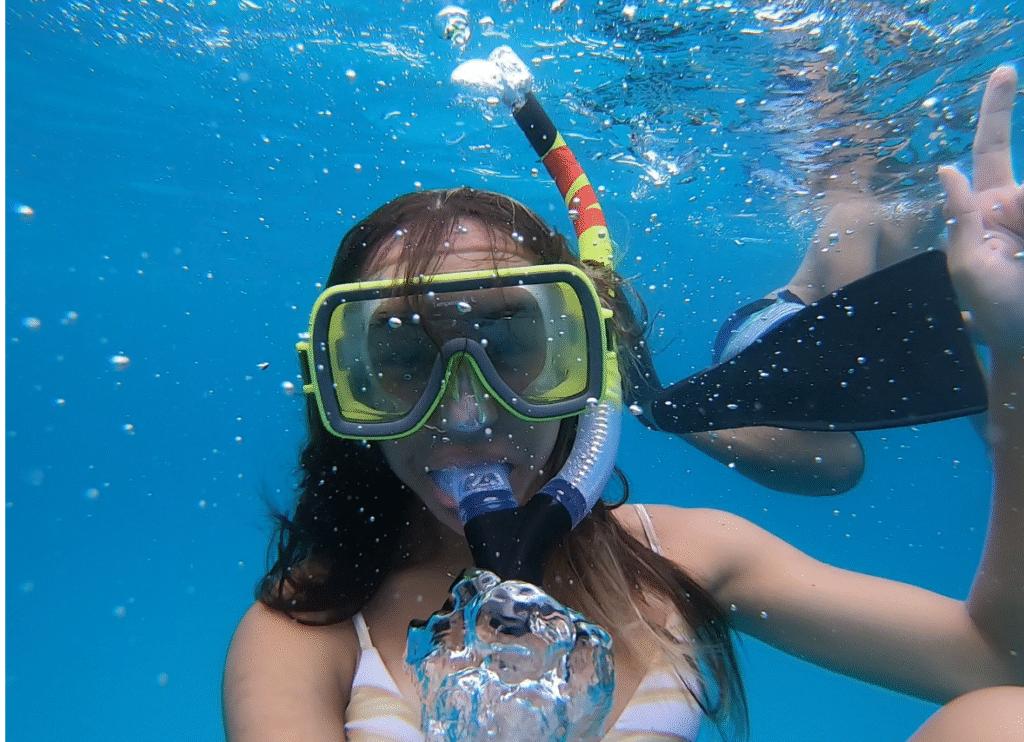
Even simple oversights can ruin your first snorkeling experience. Avoid these beginner pitfalls:
- Not testing equipment before entering the water. Always check your mask and snorkel fit beforehand.
- Forgetting sunscreen. The Red Sea sun is intense — protect exposed skin.
- Touching coral or fish. This can harm both you and the ecosystem.
- Not listening to the briefing. Your guide’s advice is crucial for safety and enjoyment.
- Snorkeling alone. Always have a buddy.
- Panicking in deep water. Remember: the Red Sea is salty — floating is effortless.
- Bringing valuables on the boat. Leave jewelry and electronics in your hotel safe.
11. Capturing the Experience: Photography Tips
Underwater photography is one of the joys of Red Sea snorkeling. Here’s how to get those perfect shots:
- Use a waterproof action camera or a waterproof phone case.
- Keep the sun behind you for clearer, more colorful photos.
- Stay steady and close, but not too close — avoid touching corals.
- Capture silhouettes of fish against the sunlight for artistic effect.
- Don’t overuse the zoom; it reduces clarity underwater.
12. After the Trip: Caring for Your Gear and Skin
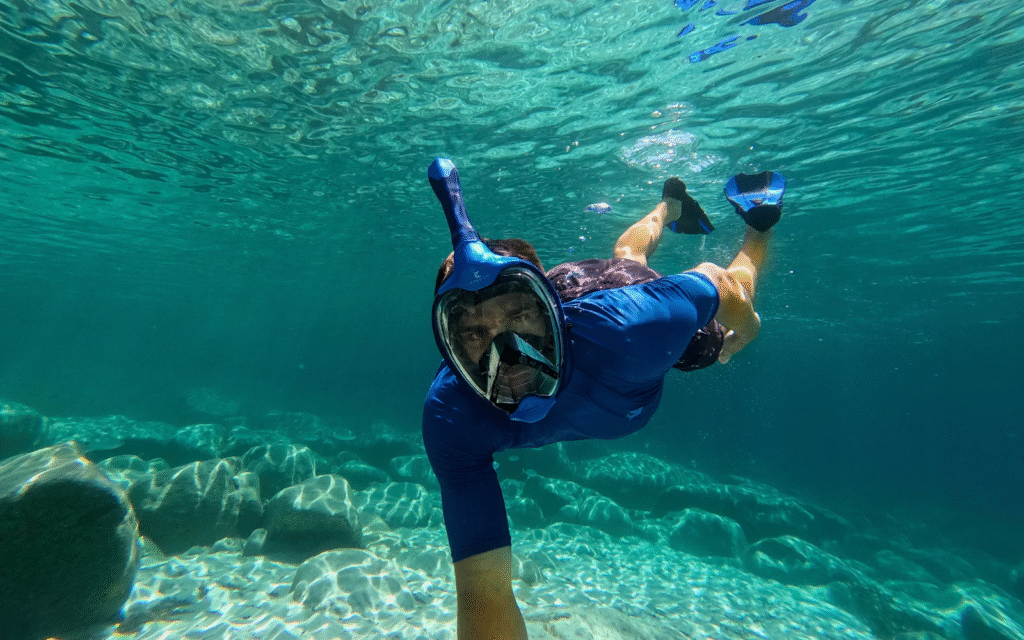
Once back on land (or boat), rinse your equipment with fresh water to remove salt and sand. Let it dry in the shade.
Apply moisturizer or aloe vera gel to soothe your skin after long sun exposure, and drink plenty of fluids to rehydrate.
13. Why Snorkeling in the Red Sea Is Perfect for Beginners
The Red Sea offers one of the most beginner-friendly snorkeling experiences in the world:
- Calm, clear waters make navigation easy.
- Shallow reefs are accessible right from the beach.
- Local guides are professional and safety-oriented.
- You can see breathtaking marine life without diving deep.
Even if you’ve never snorkeled before, a single trip to the Red Sea will make you fall in love with the ocean.
14. Final Thoughts
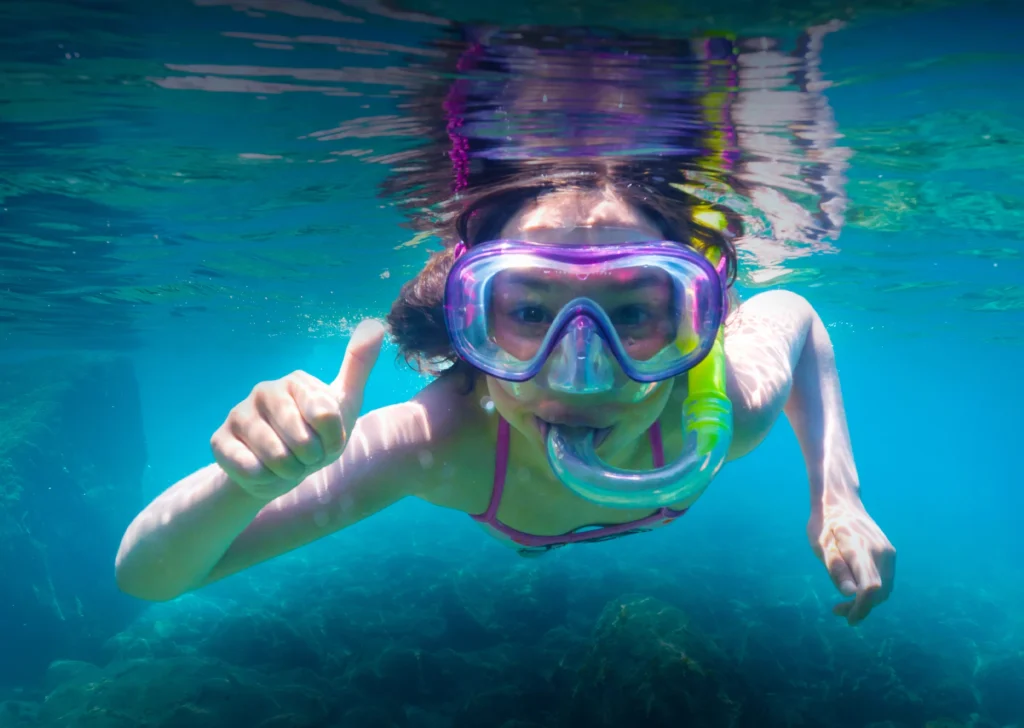
First Red Sea Snorkeling Trip, Your first Red Sea snorkeling trip will likely be one of the most memorable experiences of your life. The combination of warm turquoise water, radiant coral gardens, and exotic marine creatures creates a world of wonder just below the surface.
With proper preparation, awareness, and respect for the environment, even beginners can enjoy snorkeling safely and confidently.
So pack your mask and fins, slip into the water, and get ready to discover why snorkeling in Egypt’s Red Sea is truly one of the best underwater adventures on Earth.

